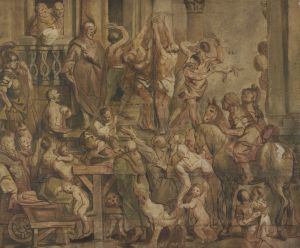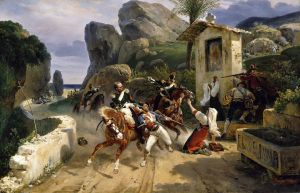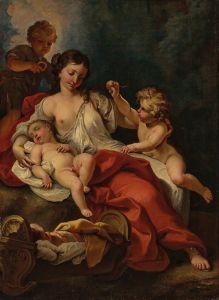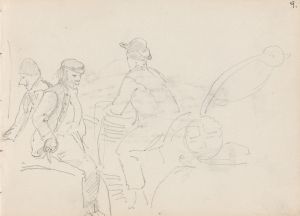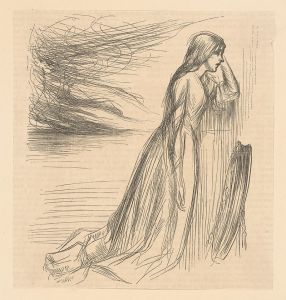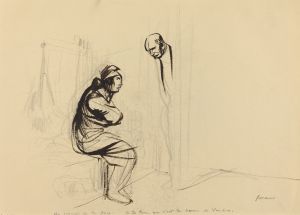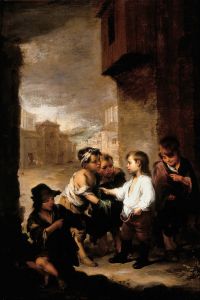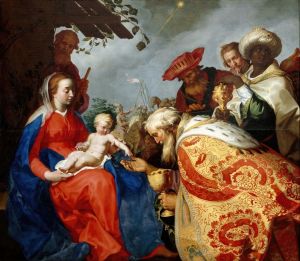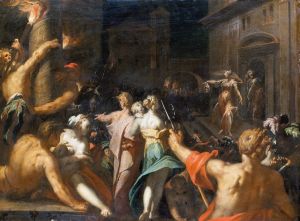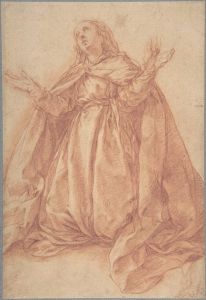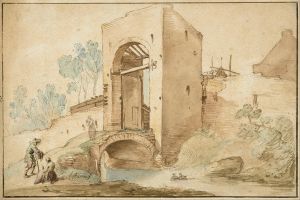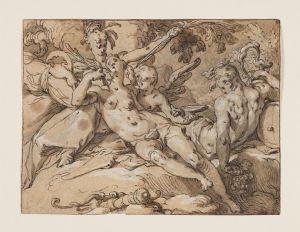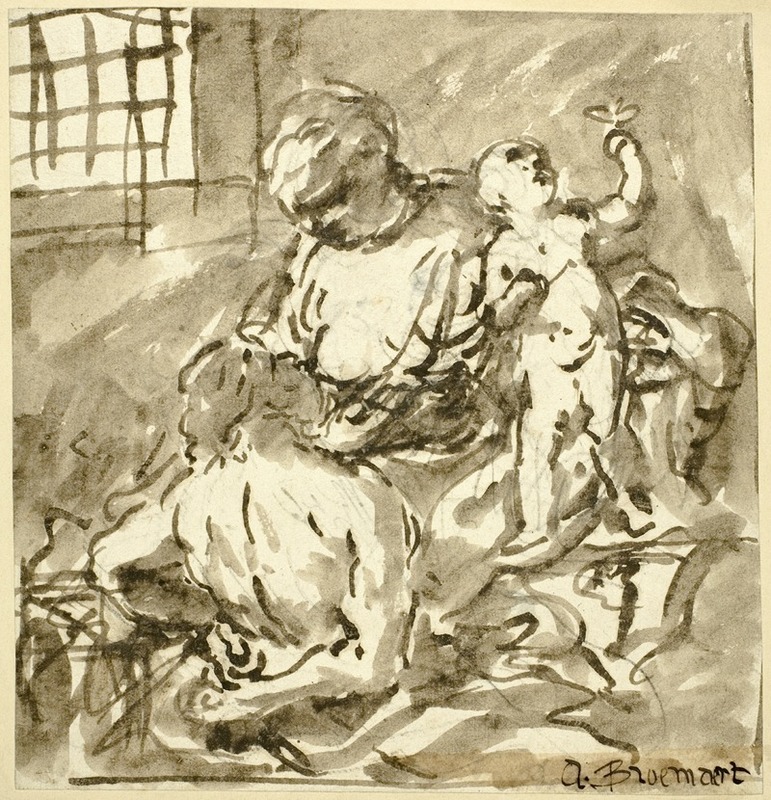
Caritas Romana
A hand-painted replica of Abraham Bloemaert’s masterpiece Caritas Romana, meticulously crafted by professional artists to capture the true essence of the original. Each piece is created with museum-quality canvas and rare mineral pigments, carefully painted by experienced artists with delicate brushstrokes and rich, layered colors to perfectly recreate the texture of the original artwork. Unlike machine-printed reproductions, this hand-painted version brings the painting to life, infused with the artist’s emotions and skill in every stroke. Whether for personal collection or home decoration, it instantly elevates the artistic atmosphere of any space.
"Caritas Romana" is a painting by the Dutch artist Abraham Bloemaert, created in the early 17th century. Bloemaert, born in 1566 and passing in 1651, was a prominent figure in the Dutch Golden Age of painting, known for his versatility and contribution to the Utrecht School. His works often depicted religious and mythological themes, characterized by their dramatic use of light and composition.
The painting "Caritas Romana" illustrates a story from ancient Roman history, which was a popular subject in European art. The tale, originating from the writings of Valerius Maximus, tells of a woman named Pero who secretly breastfeeds her father, Cimon, after he is imprisoned and sentenced to death by starvation. This act of filial piety and compassion, known as "Roman Charity," was celebrated as a moral exemplar of selflessness and familial devotion.
Bloemaert's rendition of this narrative captures the emotional intensity and moral complexity of the scene. The composition typically features Pero and Cimon in a confined space, emphasizing the intimacy and desperation of the moment. Bloemaert's skillful use of chiaroscuro—contrasting light and shadow—enhances the dramatic tension, drawing the viewer's attention to the central act of charity.
The painting reflects the Baroque era's fascination with human emotion and moral dilemmas, as well as its interest in classical antiquity. Bloemaert's work is noted for its dynamic composition and the expressive rendering of figures, which convey the psychological depth of the characters involved. The artist's attention to detail and ability to evoke empathy through his portrayal of the human condition are evident in this piece.
"Caritas Romana" is part of Bloemaert's broader oeuvre, which includes religious altarpieces, mythological scenes, and genre paintings. His influence extended beyond his own works, as he was a teacher to several notable artists, including Gerard van Honthorst and Hendrick ter Brugghen, who were instrumental in the spread of Caravaggism in the Netherlands.
The painting is housed in various collections, with versions attributed to Bloemaert found in museums and galleries that showcase Dutch and Flemish art. His interpretation of "Caritas Romana" continues to be studied for its artistic merit and its reflection of the cultural values of the time.
Bloemaert's "Caritas Romana" remains a significant example of how art can convey complex moral narratives and evoke emotional responses. It stands as a testament to the enduring power of storytelling through visual art and the ability of artists to capture the essence of human experiences across time.





